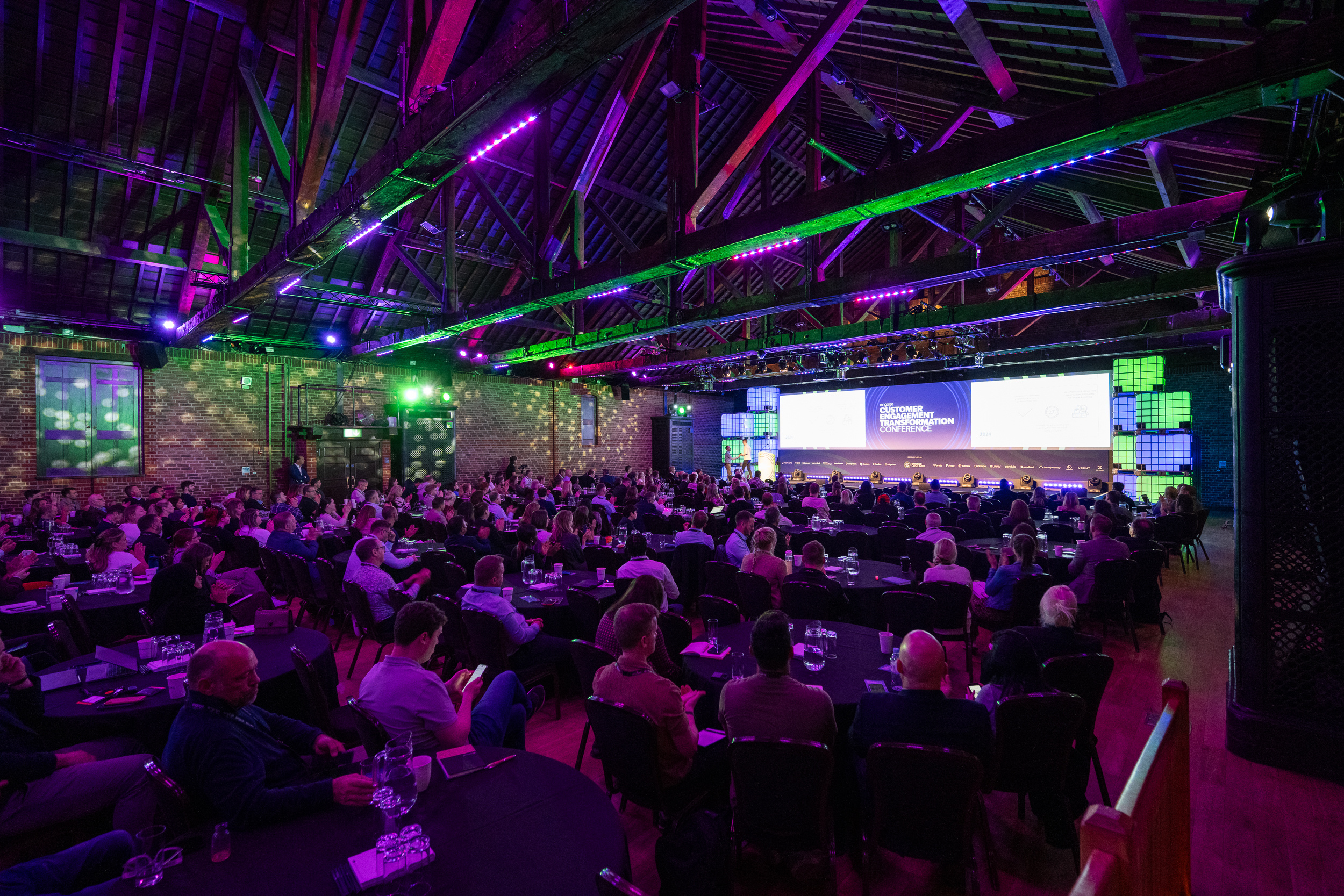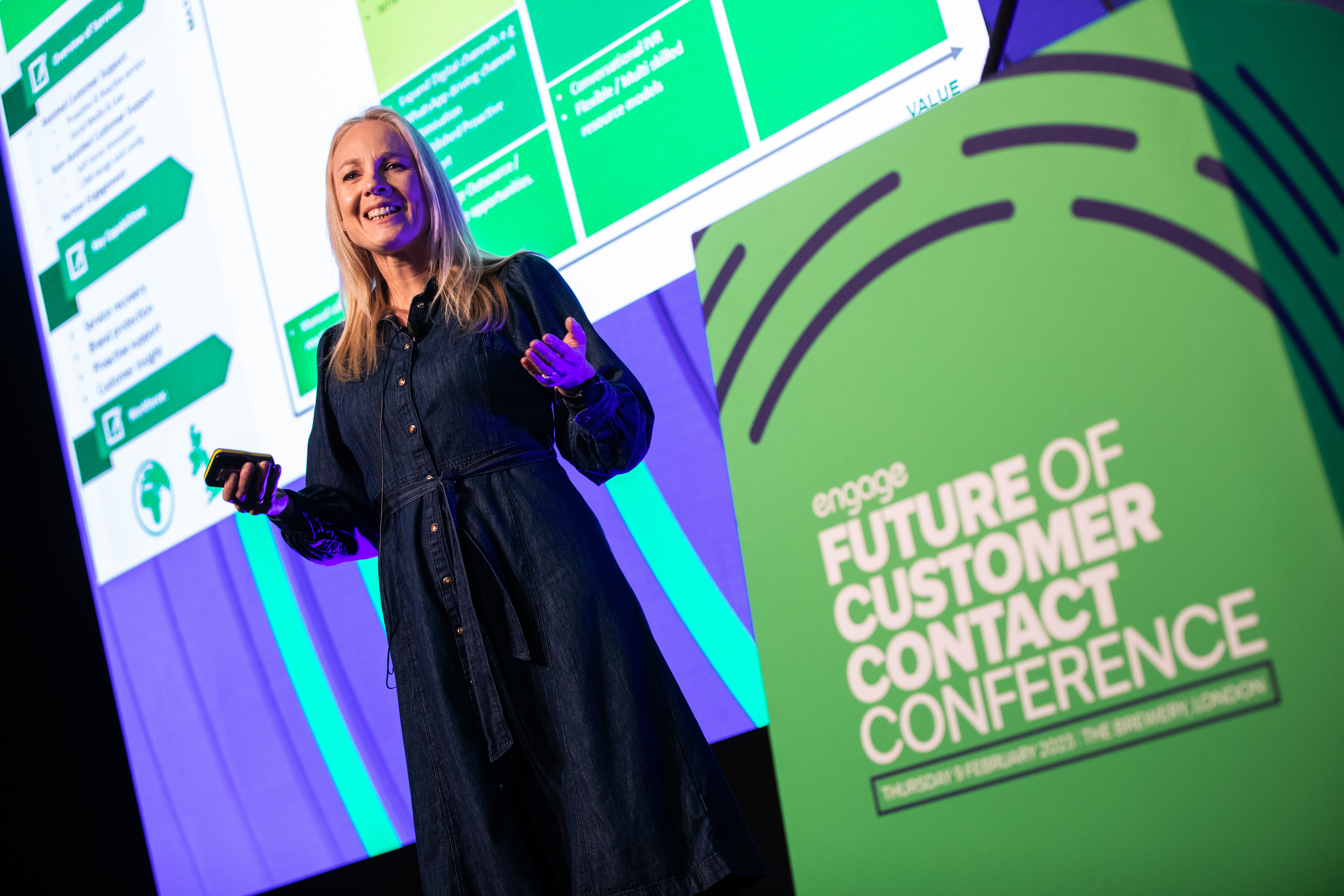Gig CX Offers New Opportunities For Long-Term Customer Engagement

The ECCCSA Award finalists for 2021 were just announced a few days ago. The awards cover a number of different areas, from best contact centre to various innovation awards, so there are many different types of company on the shortlist, but one that stood out for me was the awards for ‘best customer engagement approach’ featuring Nissan and Limitless in the final shortlist.
I just mentioned this partnership on a recent edition of my CX Files podcast and I’ve been using it as a good example of Gig CX in recent months. I wrote a book about Gig CX a few months back with Terry Rybolt and Brian Pritchard from LiveXchange and I have been increasing thinking about how Gig CX differs from regular contact centre workforce management.
The Nissan project is a great example. If a potential Nissan customer is thinking about buying a Leaf – the Nissan electric vehicle – but they are unsure because they have never owned an EV, then Nissan can connect the potential customer to an existing customer. Who can advise better than someone who already uses that car on a regular basis?
It’s a really simple example, but I believe it shows that Gig CX offers the opportunity to engage with customers rather differently. LiveXchange also featured recently on CX Files with McKinsey and the Canadian e-commerce company New Age. During peak periods, New Age found they sometimes took an unacceptable amount of time to answer customer calls. When they applied a gig layer of flexible agents on top of their core contact centre they suddenly brought 45-minute wait times down to 45-seconds.
In each example, we are actually redefining how customers interact with brands. Gig CX is not replacing traditional Business Process Outsourcing (BPO) or an internal customer service team. It is offering something new or in addition to what the core team can manage.
I think this is increasingly important to explore in a time where we need to think about customer journeys that extend for years. Our current metrics and thought processes around answering customer calls quickly and getting them off the line as fast as possible are not measuring how that customer feels about the brand two years down the line. We need to be thinking much more about the total lifetime value of each customer – how do we manage all that engagement over a period that may span several decades?
Gig CX offers a great way to engage with customers long before they ever make a purchase, as Nissan is demonstrating. I believe this approach can also be applied to the long-lasting relationship too. Customers want to remain in contact with the brands they love for many years – brands that facilitate this without it affecting the core customer care processes will see a dramatic boost in loyalty and satisfaction.
The pandemic has enhanced the opportunity for customer service managers to explore more flexible ways of working. Working from home helps to create a more flexible environment, but an 8-hour shift from your sofa isn’t actually adding any more value. Using more intelligent workforce management to create flexible working hours can be a boost both for employees and employers and Gig CX is one tool that can help to facilitate this adjustment because it can be overlaid onto a more traditional process – such as an in-house contact centre.
A few months ago I wrote a Foreword for a research report titled the ‘2021 Gig Customer Service Report’ published by Limitless. You can download the complete report here and if you don’t have much time then you can see an infographic here with some highlights from the research.
One of the key findings in the research was the attitude of the workers. A common assumption about the gig economy is that it promotes precarious and low-value work. Gig jobs are for people delivering restaurant takeaways etc. When you look at the customer service environment, these stereotypes are being challenged. Look at some of the feedback from the people engaging in Gig CX:
- 85% said it has had a positive effect on their mental wellbeing
- 76% said that it has taught them new skills, including communication and time management
- 55% said that working on my own schedule is the top motivation to work gigs
The Limitless research positions the agents as brand experts, rather than simply a gig version of the traditional contact centre agent. This isn’t just presentation or adjusting the language used to describe different workers. Self-service and automation are both dramatically improving – by the time a customer reaches a human agent, they have probably failed to get the answer they need from a chatbot, Google, and Alexa. The agent on the call or chat really does need to be an expert. Google has already failed this customer.
Without the gig model, existing Nissan owners would be unlikely to offer their time to prospective customers, but with a gig framework in place then it is worth taking a few calls – they become brand experts and advocates.
It’s time to think again about about the opportunities offered by Gig CX because it’s far from a replacement for BPO – it’s a genuine opportunity to augment BPO.


